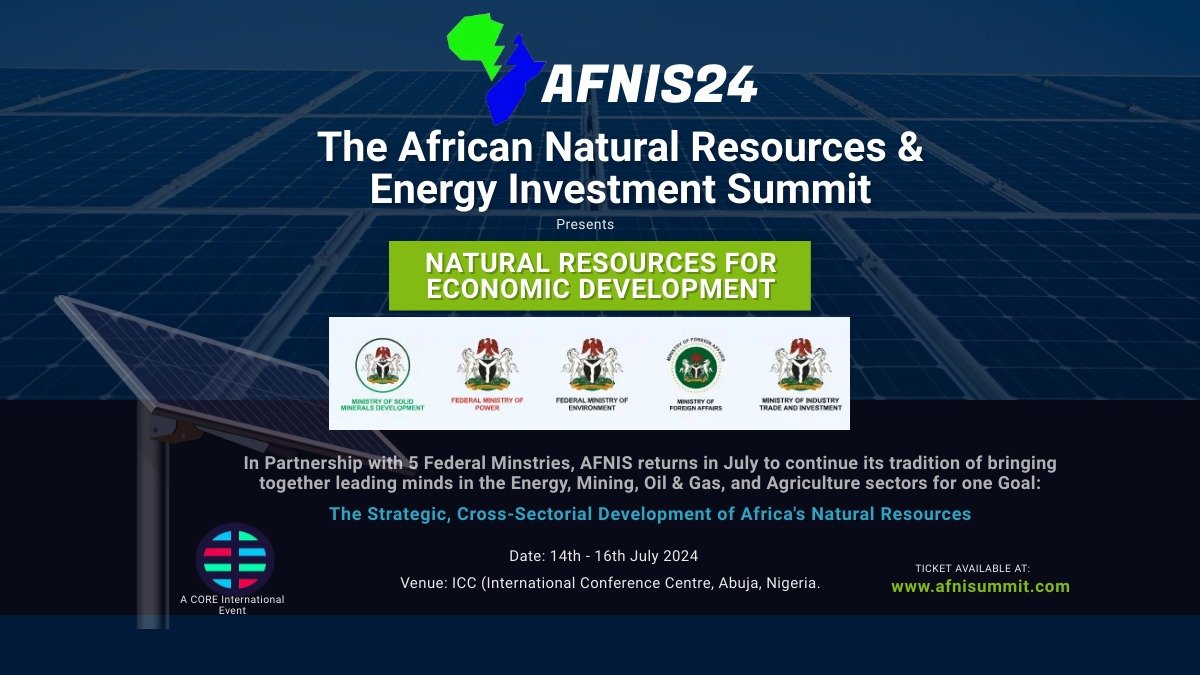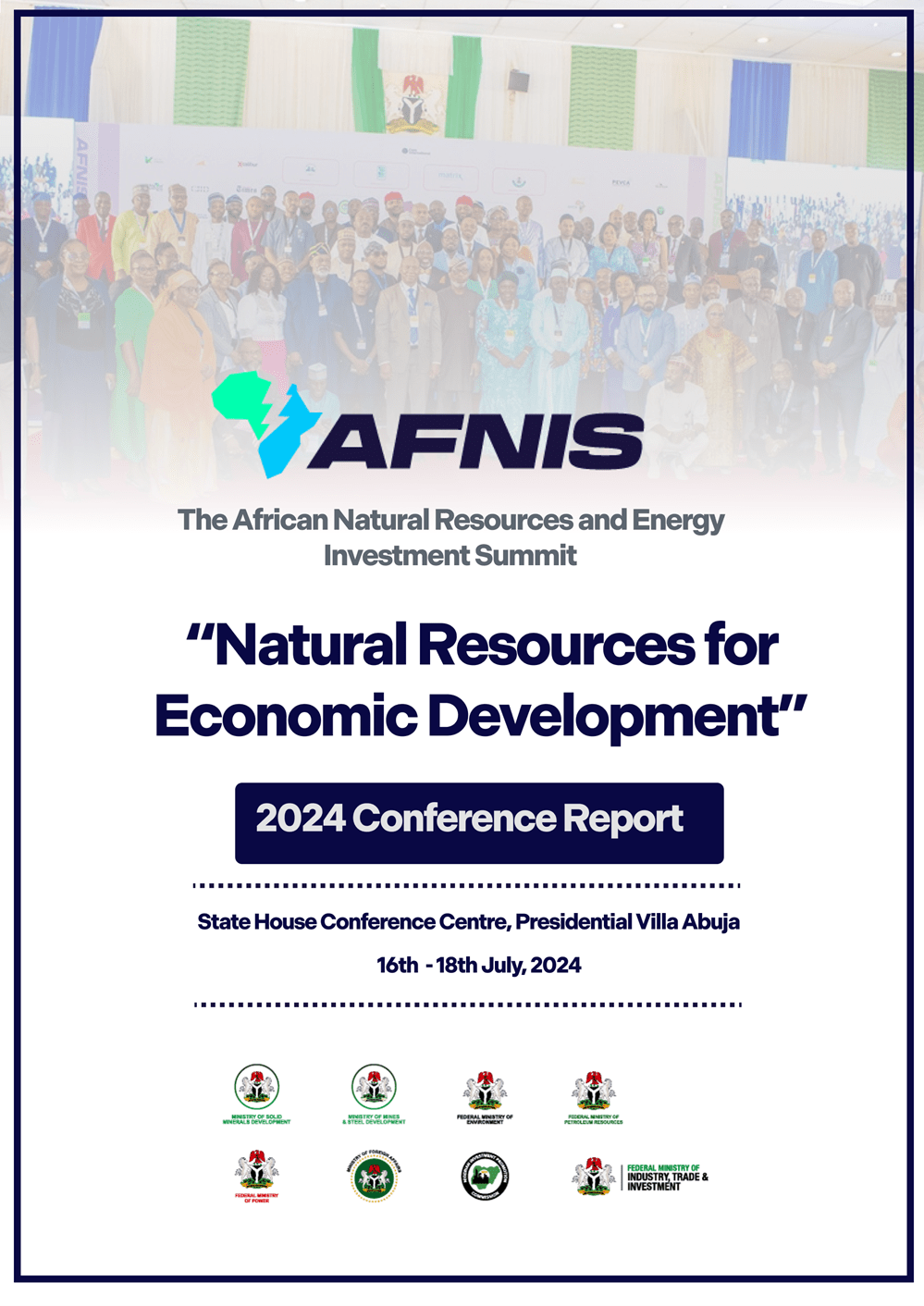
Branding is one of the most powerful tools in shaping perceptions and influencing behaviors. For professionals working in the digital marketing and branding space, understanding how to use typography, color theory, and visual identity strategically is essential for creating memorable and impactful campaigns. One remarkable example of effective branding comes from AFNIS 2024, a summit focused on natural resources and economic development across Africa.
The branding for this event successfully combined professionalism, approachability, and futurism, making it a perfect case study for anyone looking to elevate their branding game. Let’s explore the key elements of the AFNIS 2024 branding strategy and draw actionable lessons for digital marketers and branding professionals.
Typography and Fonts: Striking the Right Balance
Typography plays a critical role in brand communication. It’s more than just choosing a nice font—it’s about conveying your brand’s personality and guiding the audience through your message.
When choosing fonts, always consider how they reflect your brand’s personality. Contrast can be powerful—use bold fonts for impact and elegant fonts for clarity. Establish a clear typography hierarchy to guide your audience’s journey through the content.
Key Takeaways:
Bold vs. Elegant: AFNIS 2024 used two contrasting fonts: Transducers (bold and uppercase for headings) and Indivisible (elegant and sentence case for body text). This approach created a strong visual hierarchy, ensuring that headlines stood out, while maintaining readability in the body text. Transducers: Bold, uppercase typefaces convey strength, authority, and professionalism. This was the perfect choice for headings, ensuring they captured attention.
Indivisible: Elegant fonts in sentence case add sophistication and ease of reading, making them ideal for body text. They balanced the boldness of Transducers, making the content approachable.
Color Theory: Evoking Emotions and Trust
The color palette of a brand is its visual language. Colors influence how your brand is perceived, and can evoke powerful emotions. AFNIS 2024’s branding made smart use of color psychology to align with its goals of professionalism, innovation, and ambition.
Key Takeaways:
- Dark Blue: Blue is synonymous with trust, stability, and professionalism. By using dark blue as the primary color, AFNIS ensured that the brand felt credible, reliable, and authoritative—qualities essential for an event targeting global policymakers and industry experts.
- Green: Representing growth and sustainability, green aligned perfectly with AFNIS’s mission of driving innovation in Africa’s natural resources sector.
- Touches of Pink and Red: Red is a color of ambition and passion, while pink adds a touch of warmth and approachability. These accent colors introduced vibrancy to the design, balancing the formal nature of blue with youthful energy.
Lesson
Color is more than just aesthetic—it’s emotional. Choose colors that align with your brand’s core values. Utilize primary colors for stability and trust, secondary colors to highlight innovation and sustainability, and accent colors to inject energy and vibrancy.
Visual Identity: Cohesion Across Platforms
Key Takeaways:
Consistency is Key: Whether digital or physical, AFNIS maintained the same typography and color scheme. This reinforced the visual identity and made the brand instantly recognizable, ensuring a seamless experience for the audience.
Futuristic Yet Professional: By blending bold typography with clean design elements and modern color accents, AFNIS managed to create a visual identity that felt both forward-thinking and trustworthy.
Audience-Centric Approach: Tailoring Branding for Diversity
The AFNIS 2024 audience was diverse, ranging from youth to industry experts and policymakers. The branding successfully catered to this wide spectrum by balancing professionalism with approachability, ensuring it resonated with both high-level dignitaries and general attendees.
Key Takeaways:
- Diverse Audience Needs: AFNIS 2024 understood that its audience was not monolithic. The branding was sophisticated enough to appeal to global dignitaries, while still being inviting for younger and less formal attendees.
- Inclusive and Global Appeal: AFNIS balanced African identity with international appeal, ensuring the branding spoke to both local and global audiences.
Lesson for Marketers:
When branding for a diverse audience, always keep in mind the cultural nuances and different expectations. Create a flexible visual identity that works for both high-level professionals and the general public, ensuring everyone feels included.
The Power of Feedback: Evolving and Refining Branding
Feedback is a goldmine for improving branding. In the case of AFNIS 2024, the positive feedback regarding the fonts and color scheme confirmed that the branding struck the right note. This information is invaluable for refining future branding strategies.
Key Takeaways:
- Listening to Your Audience: AFNIS received feedback that people loved the fonts and color scheme. By paying attention to these insights, they can continue refining their visual identity in future editions.
- Adapting Based on Reception: Branding isn’t static. It’s important to be open to feedback and willing to evolve. AFNIS’s willingness to adapt their visual elements based on audience preferences shows a commitment to improving the attendee experience.
Lesson for Marketers:
Never stop listening to your audience. Use feedback as a tool for continuous improvement and refinement. Branding should be flexible, adapting to changes in audience needs and preferences.
Final Thoughts:
Strategic Branding for Impact
The branding strategy for AFNIS 2024 serves as an excellent example for digital marketers and branding professionals looking to create a cohesive, impactful identity. By thoughtfully combining typography, color theory, and audience-centered design, AFNIS crafted a brand that was both professional and approachable, while staying ahead of the curve in terms of modernity and innovation.
As marketers, the key takeaway is to create a brand identity that speaks to both the head and the heart—balancing authority and approachability, trust and ambition, while being consistent and adaptable across all platforms.
By studying these elements closely, branding professionals can learn how to effectively communicate their brand’s values and connect with a wide-ranging audience. Whether you’re working on a global summit or a local campaign, the principles of effective branding remain the same—make it consistent, make it relevant, and most importantly, make it memorable.
Feel free to share this article with anyone looking to enhance their branding expertise or who might benefit from a deeper understanding of how strategic branding can shape the success of an event or organization.





